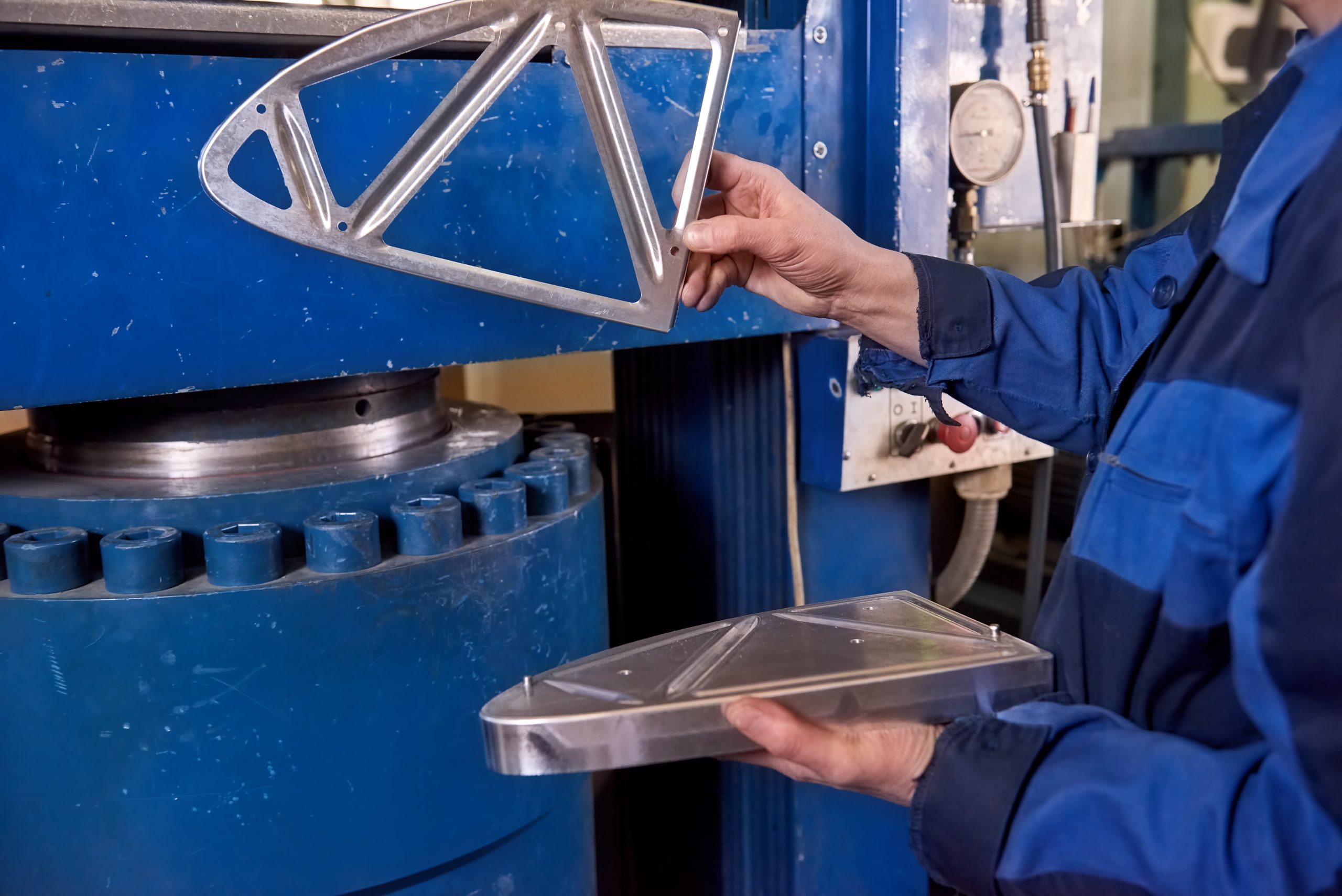Most people think that steel is just a preset combination of iron and carbon, but did you know that there are more than 3,500 different types of steel? You can find out the type of steel by measuring the amount of carbon, other alloys it contains and the way the manufacturer processes it.

CARBON STEEL
Apart from carbon and iron, carbon steels contain only trace amounts of elements. This group is the most popular of the four types of steel and accounts for 90% of steel production.
Carbon steel has three main subgroups depending on how much carbon is in the metal: low carbon steels / mild steels (up to 0.3% carbon), medium carbon steels (0.3-0.6% carbon) and high carbon steels ( more than 0.6% carbon).
Companies often produce these steels in large quantities because they are cheap to manufacture and strong enough to be used in large structures.
ALLOY STEEL
Alloy steels are produced by adding other alloying elements such as nickel, copper, chromium and / or aluminum. The incorporation of these elements increases the strength of the steel, ductility, corrosion resistance and machinability.
STAINLESS STEEL
Stainless steels contain 10-20% chromium as an alloying element, as well as other elements such as nickel, silicon, manganese and carbon.
These steels have remarkably high corrosion resistance and are safe for use in external structures because of their increased ability to withstand adverse weather conditions. They are also widely used in electrical equipment. Stainless steel 304, for example, is highly sought after for its ability to withstand weathering while protecting electrical material from damage.
While various grades of stainless steel, such as 304 stainless steel, have their place in construction, most industries use stainless steel for its hygienic properties. These steels are common in medical devices, pipes, cutting tools and food processing equipment.
TOOL STEEL
Tool steels, as you probably know from the name, excel in cutting and drilling equipment. The secret is tungsten, molybdenum, cobalt and vanadium, which increase their heat resistance and overall life. And because they retain their shape even in intensive use, they are the starting material for most hand tools.
WHAT ARE THE DIFFERENT STEEL QUALITIES?
Steel grading systems allow us to categorize steel types based on all the different uses that distinguish them.
For example, the rate at which manufacturers cool steel can affect its strength at the molecular level. The time during which they keep the steel at critical temperatures during the cooling process also plays an important role. In fact, it is possible that two steel sheets with the same alloy content will have different grades based on their heat treatment process.
Steel grading standards are widely used by scientists, engineers, architects and government agencies to ensure the quality and consistency of materials. These standards provide a common language for communicating the properties of steel with great specificity and lead product manufacturers to the right processing and application processes.





